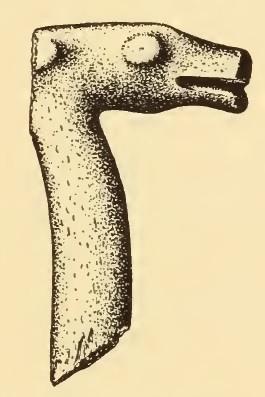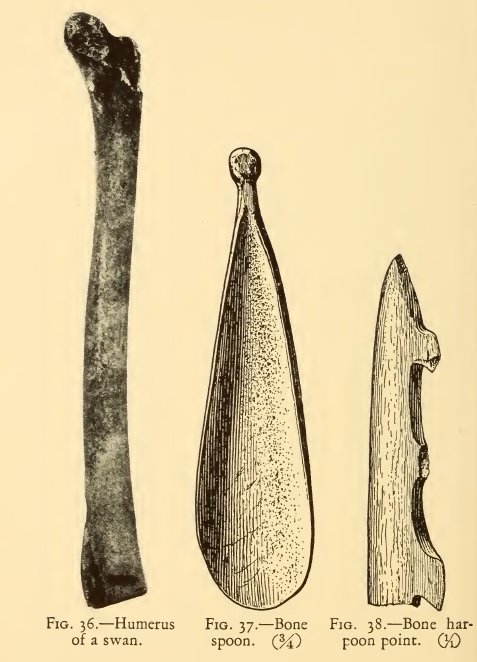Dam archaeology in New Jersey: 1970s archaeology along Assunpink Creek, and modern creek daylighting efforts in Trenton: Assunpink Creek Dam Site 20
Tag: archaeology
The Late Archaic Site by the Parking Garage: More on Coralville, Iowa
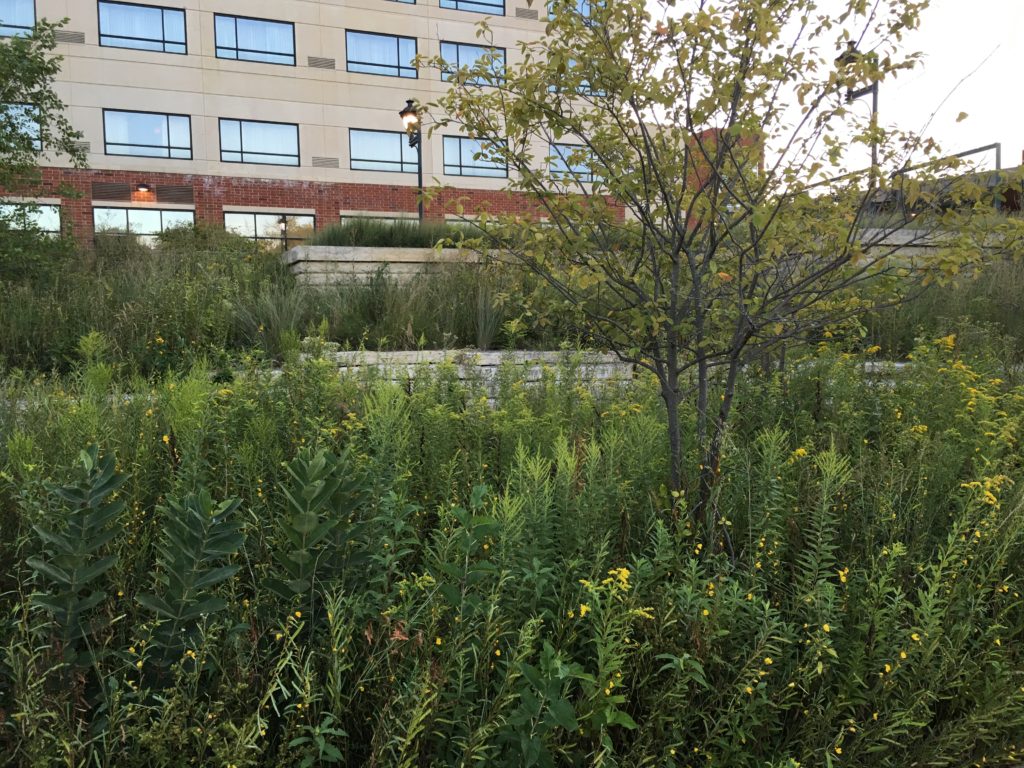
The redevelopment of that Coralville, Iowa wetland park/restaurant/hotel complex uncovered a prehistoric archaeological site officially known as the Edgewater Park Site (13JH1132). The initial survey by archaeologists prior to construction discovered that artifacts were present about one meter below the ground surface. Therefore, the upper meter of soil was removed over a 10 x 10 meter area (near the current parking garage) to expose the artifact-bearing layers.
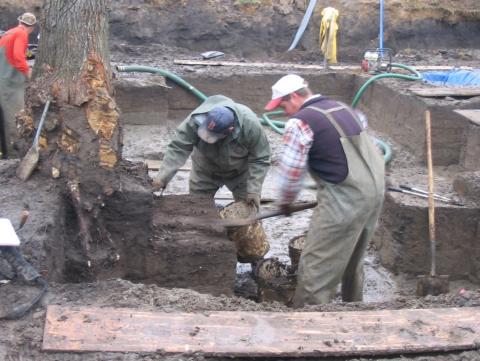
The dig recovered about 15,000 artifacts. Most of these are stone flakes, but there are also 17 projectile points. Ten of these are Table Rock points, a side-notched biface similar to the widespread Late Archaic Durst, Dustin, and Lamoka points found elsewhere. The only other diagnostic point is a Stone Square Stemmed point that also dates to the Late Archaic.
Concentrations of fire-cracked rock likely are the remains of several hearths, and the distribution of the stone debitage (primarily Maynes Creek chert, which is found naturally about 100km away from the site) may reveal areas where individuals were creating stone tools between 3,500 and 3,900 years ago. Three types of plants found at the site, barnyard grass, little barley, and knotweed, could possibly have been cultivated there. Archaeologists think that the Edgewater Park site was a warm-weather camp temporarily used by hunter-gatherers who may have also been beginning to use domesticated plants.
The Office of the State Archaeologist of Iowa has more information on the Edgewater Park Site, and photos of the excavation can be seen on Flickr.
Reference:
William E. Whittaker, Michael T. Dunne, Joe Alan Artz, Sarah E. Horgen and Mark L. Anderson
2007 Edgewater Park: A Late Archaic Campsite along the Iowa River. Midcontinental Journal of Archaeology 32 (1):5-45.
Zooarchaeology in Pennsylvania
This 2015 post on This Week in Pennsylvania Archaeology is about zooarchaeology and includes new photos of animal bones and cut marks from the famous Eschelman Site in Lancaster County, which was the subject of one of the earliest systematic analyses of bone modification marks on an American faunal assemblage.
Reference:
Guilday, John E., Paul W. Parmalee and Donald P. Tanner
1962 Aboriginal Butchering Techniques at the Eschelman Site (36LA12), Lancaster County, Pennsylvania. Pennsylvania Archaeologist 32(2):59-83.
Worked Bone Archaeology Book Published
The Worked Bone Research Group, part of the International Council for Archaeozoology (ICAZ) has just published the proceedings from the 10th Meeting of the WBRG, held in Belgrade in 2014. The book contains over 40 articles on worked bone from both prehistoric and historical archaeological sites.
The book, Close to the Bone, is edited by Selena Vitezovic and can be downloaded for free at the WBRG site.
South Riverwalk Park in Trenton, New Jersey
The South Riverwalk Park, or Deck Park, was built on top of the Route 29 Tunnel along the Delaware River in Trenton, New Jersey. The design of the park was informed by the archaeological and historical research conducted prior to construction of the tunnel. A series of arches made of different materials (Steel, iron, brick, wood) represent each century of historic occupation of Trenton. The first arch evokes the construction techniques used by Native Americans for thousands of years before Europeans arrived. Plaques inset into the ground record the many milestones of local history. The south end borders Riverview Cemetery; at the North end, steps lead down to Waterfront Park, the home of the Trenton Thunder, the AA affiliate of the New York Yankees.

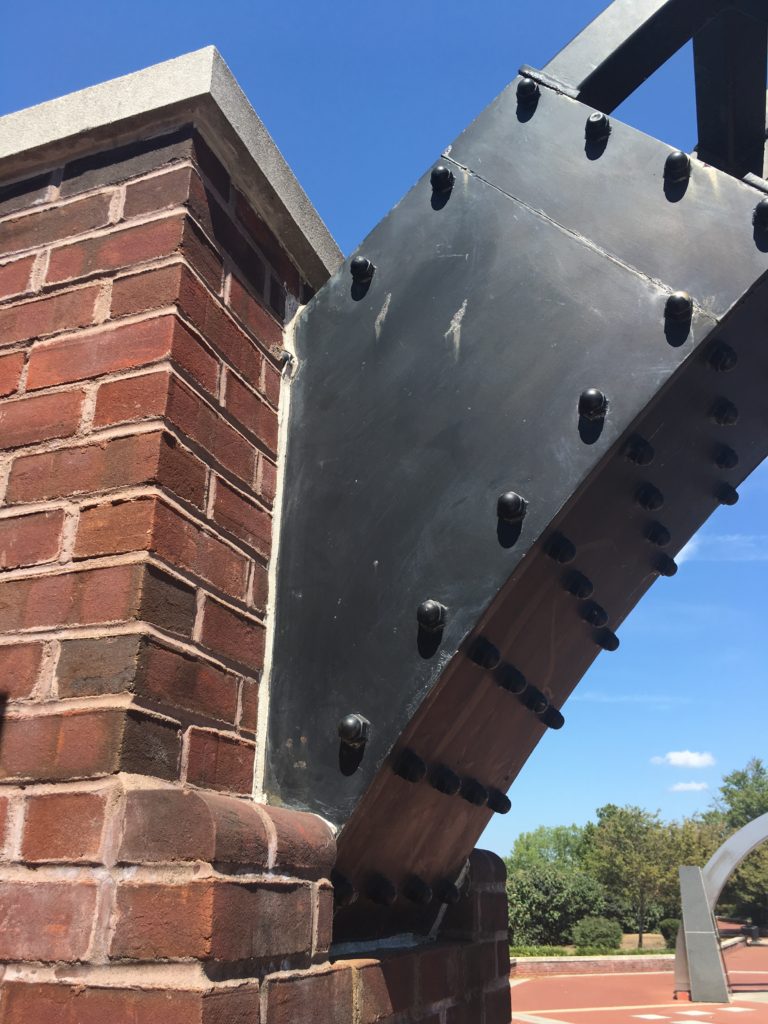
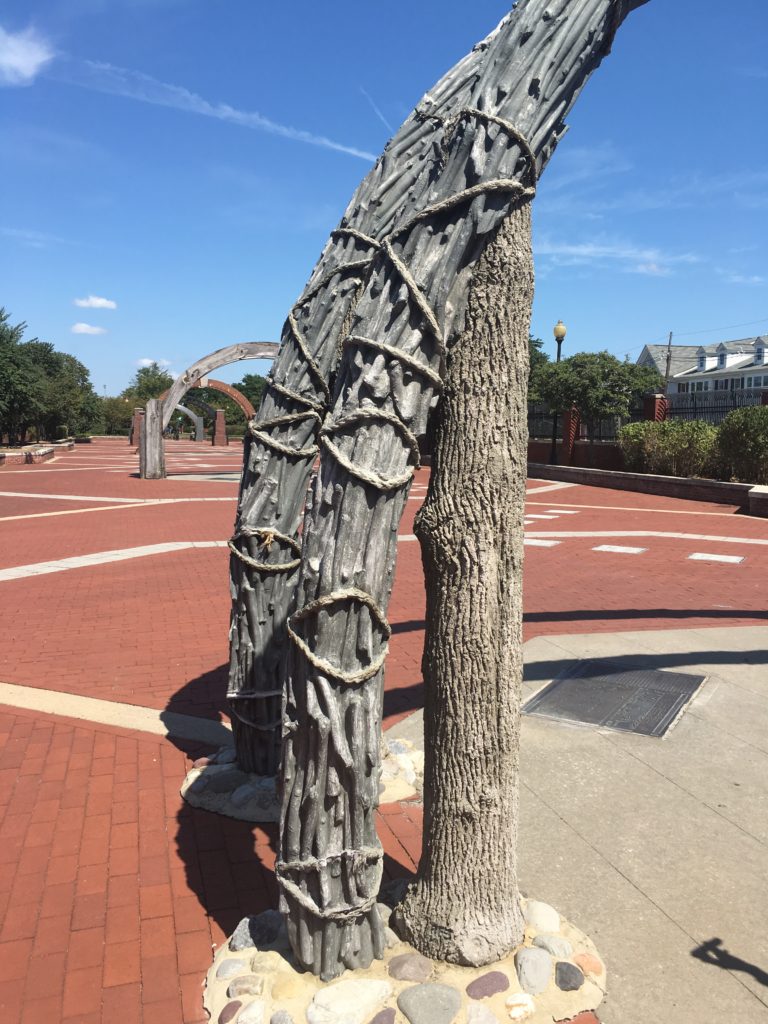
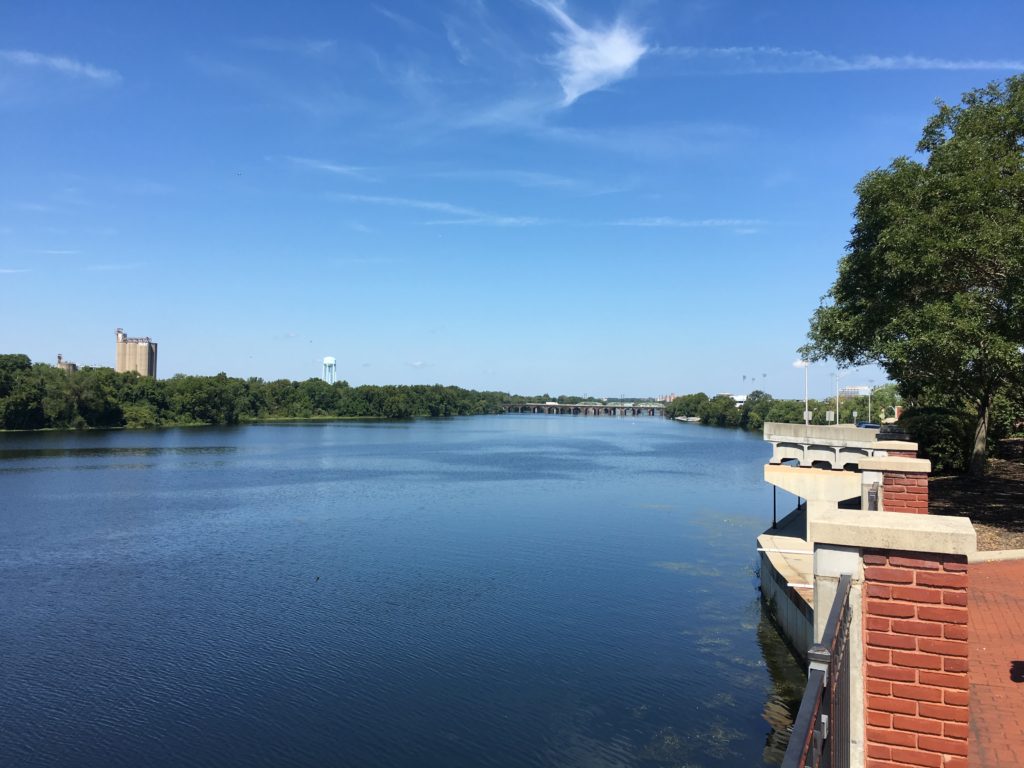
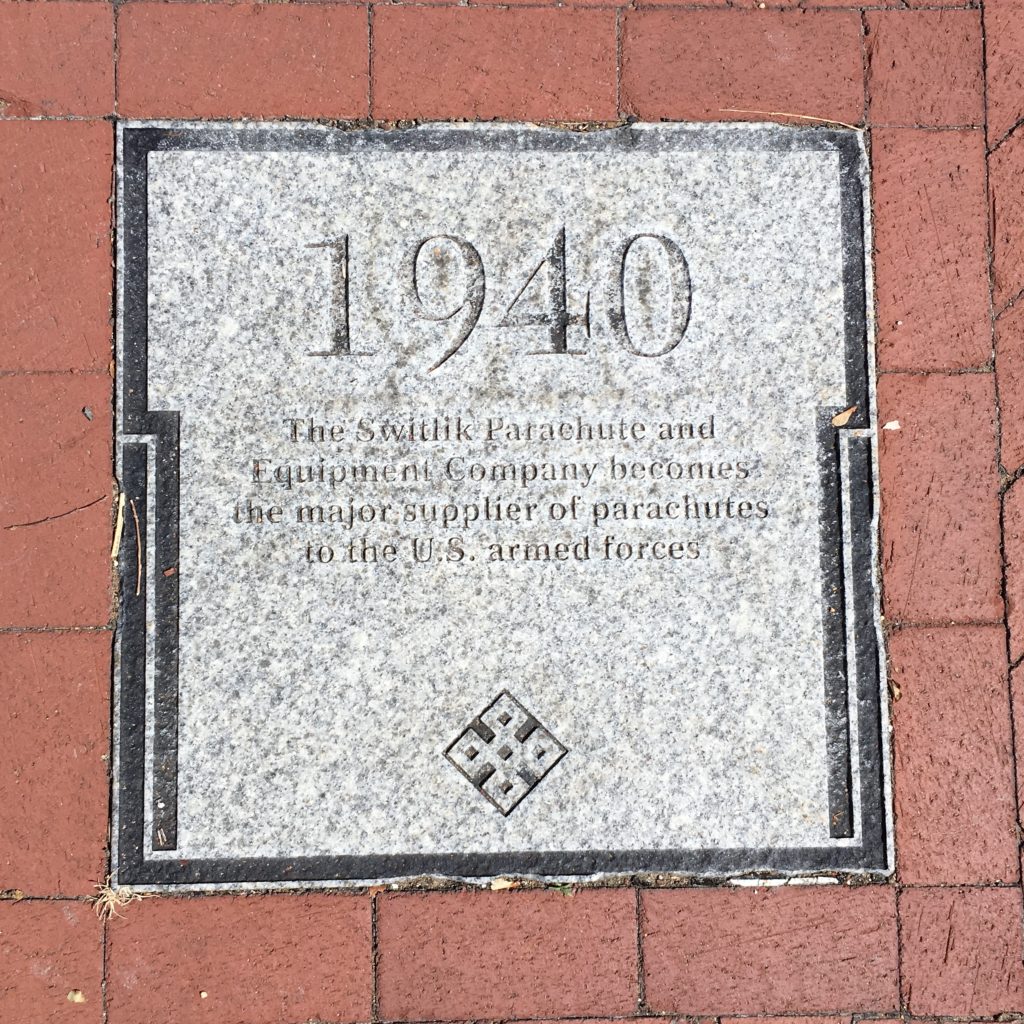
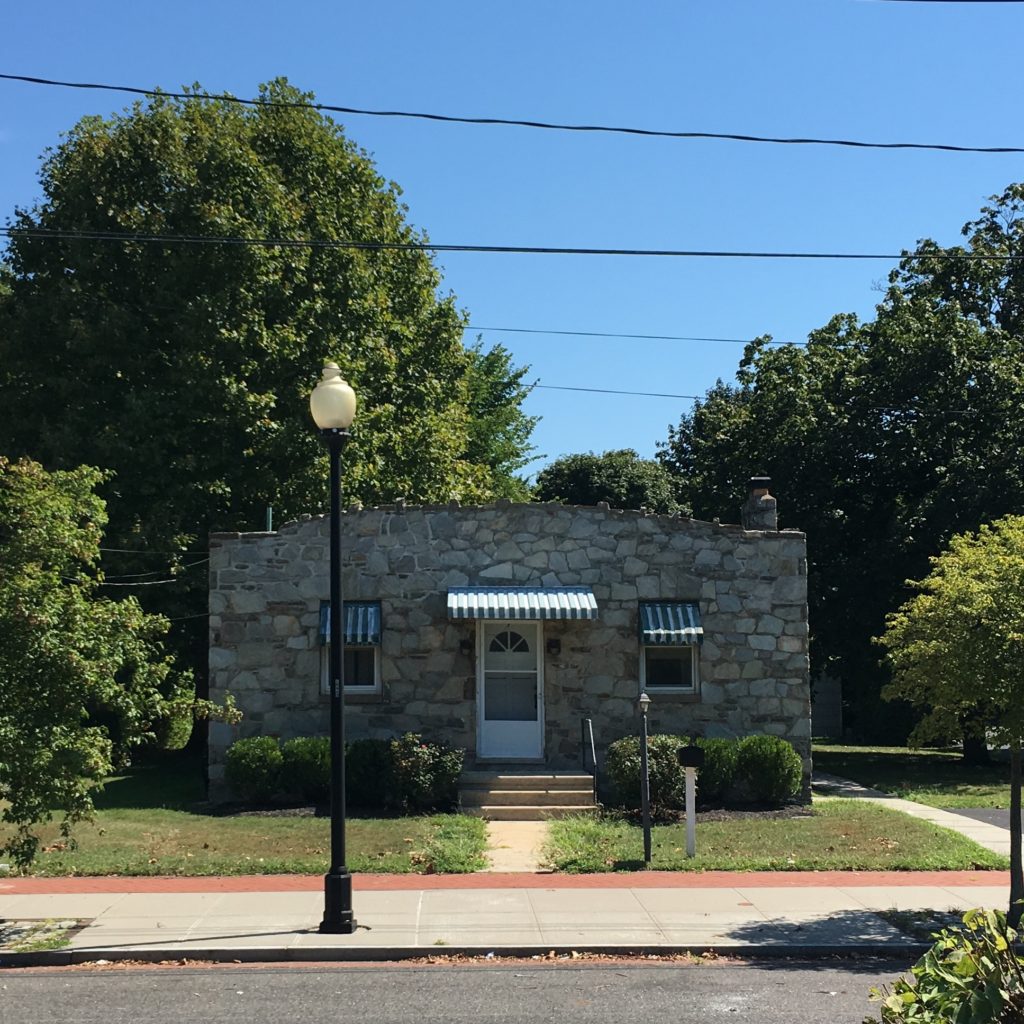
Utah Has Finished Scanning its Archaeological Site Forms
A three-year project at the Utah Division of State History has been completed, according to The Spectrum. Almost 120,000 site records have been digitized.
Work as an Archaeologist (Part-Time) for New York City
The Landmarks Preservation Commission of New York City is looking to hire a part-time archaeologist to assist with the review of cultural resource surveys, maintain a website, and assist in other duties.
Standard archaeology job qualifications apply, and New York City residency is required within 90 days. For more details, including pay rate, see the NYC Careers site.
Trowelblazer: Patty Jo Watson
Proud to have my post on a truly legendary archaeologist, Patty Jo Watson, up on Trowelblazers.
The First Dig at Frontenac Island
Bone effigy deer’s head found on Frontenac Island, NY. Source: Cadzow 1925, Figure 33.
The Frontenac Island site in Cayuga Lake, New York, was excavated by William Ritchie in 1939-1940, and then again several years later. The first professional excavations on the island, however, were conducted by Donald Cadzow for the Museum of the American Indian around the same time Ritchie was beginning to excavate the Lamoka Lake site.
“For many years Cayuga county, New York, has been a happy hunting-ground for commercial pothunters and local diggers,” Cadzow wrote, but Frontenac Island had “been protected for many years by public-spirited citizens living nearby.” (p. 56, 58) Cadzow received permission from the island’s owners (the village of Union Springs) to dig on the island, beginning in late July 1924. Excavations were limited, but finds included pottery and human burials. Included with one of the burials were four stone plummets, one winged bannerstone, a bone animal effigy interpreted as a deer’s head, three beaver incisors, one notched point, three antler flakers, two bone “arrowpoints” (one looks harpoon-like) and the left humerus of a swan, which had been cut and polished and perforated.
Bone “arrowpoints’ from Frontenac Island, NY. Source: Cadzow 1925, Figure 35.
Frontenac Island. Source: Cadzow 1925.
Reference:
Cadzow, Donald
1925 Prehistoric Algonkian Burial Site in Cayuga County, New York. Museum of the American Indian, Heye Foundation Indian Notes 2(1):56-63.
New York Archaeology Journal Now Online
Almost a half century of the The Bulletin, the Journal of the New York State Archaeological Association, is now available online. Volume 1, published in 1954, to 1999’s Volume 115 can be downloaded for free at NYSAA’s site. While visiting their site, see if you can spot the photo of Harrison Follett’s camp at Lamoka Lake.
